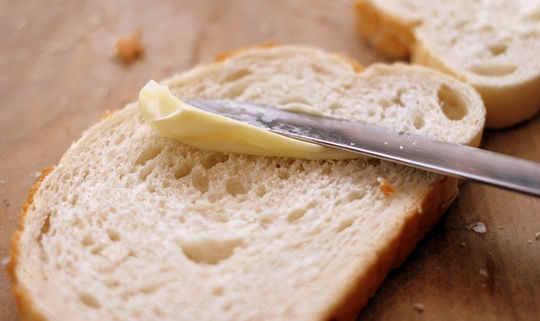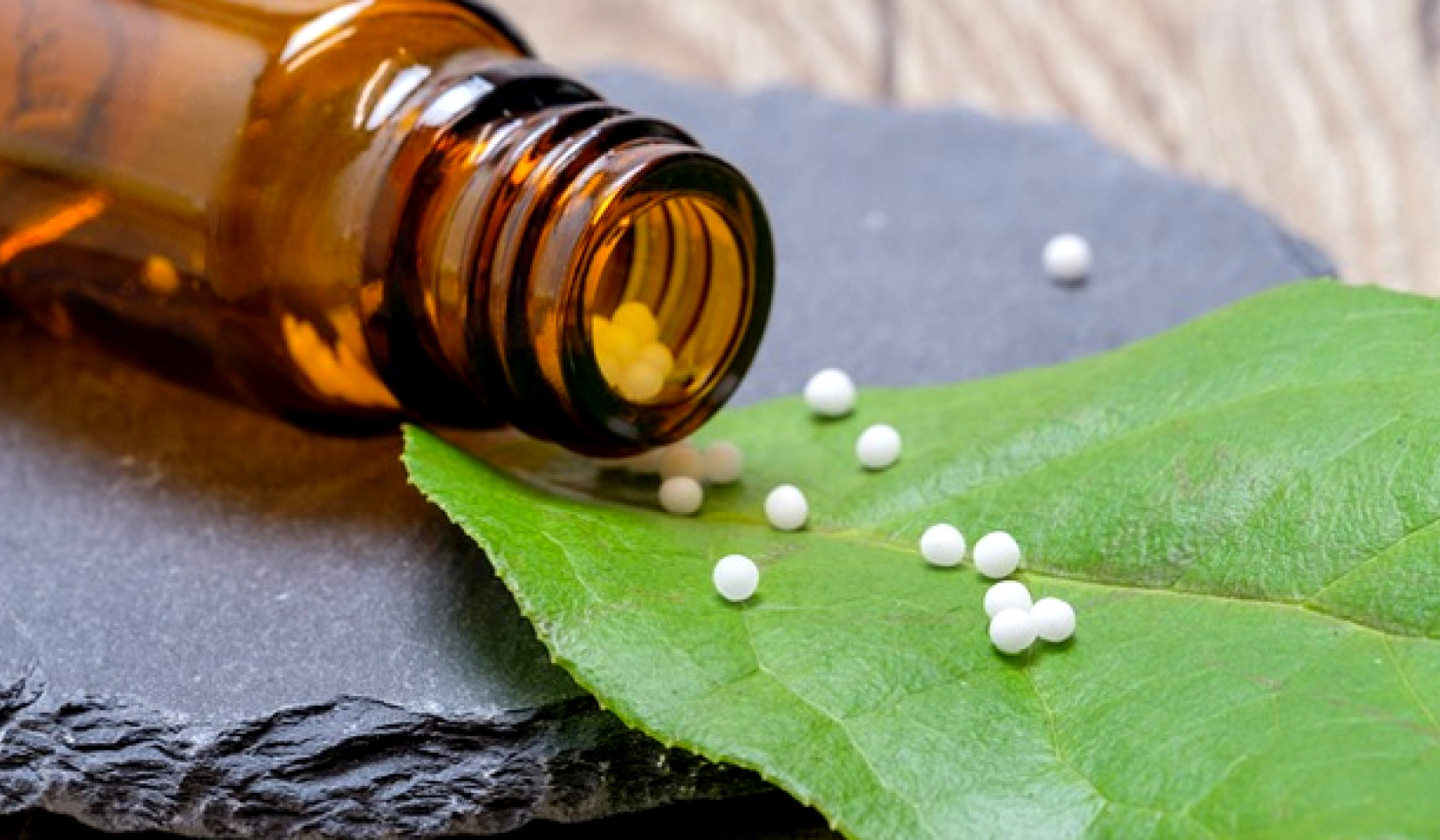
The type of fatty acid is what’s most important when choosing a spread.
Only 20 years ago butter was the public villain – contributing to raised cholesterol levels and public concern over an increased risk of heart disease. Now this public perception seems to have been reversed, and reality cooking shows seem to use butter in every recipe. But what has caused this shift in perceptions and is it based on scientific evidence?
In the domestic market more people buy margarine than butter, with 27% of respondents in an ABS survey eating margarine the day before, and 15% consuming butter.
Do we still need to be concerned about butter’s links to heart disease, and is there any evidence to suggest butter is better for our health compared to margarine? To answer this we first need to look more closely at the make-up of butter and margarine.
Where do our favorite yellow spreads come from?
Butter is made from the processing of cream. The cream is churned until the liquid (buttermilk) separates from the fat solids. These fat solids are then rinsed, a little salt added, and shaped to form the butter we all love.
Margarine was first developed in France by Napoleon as a substitute for butter to feed the armed forces and lower classes. Margarine is made from vegetable oils, beta-carotene (added for colour), emulsifiers (to help the oil and water mix), salt and flavours (which can include milk solids). Vitamins A and D are also added to the same level present in butter.
Any diet app will tell you margarine has about 10-15% fewer kilojoules than butter. But whether this is significant will largely depend on the amount you consume each day.
A national nutrition survey indicates the average person over 19 years consumes 20 grams a day of spreads (either butter or margarine), which equates to a difference of 100kj. This difference is largely insignificant in a usual daily intake of 8700kj/day.
It’s all in the fatty acids
The significant nutritional difference actually lies in the fatty acid profiles of the two products. The health differences between butter and margarine are based on the presence of different types of fats.
There are three types of fats in our food: saturated fat, monounsaturated fats and polyunsaturated fats. The difference between these lies in their chemical structure. The structure of saturated fats has no double bonds in between the carbon atoms, monounsaturated fats have one double bond between the carbon atoms, and polyunsaturated fats have two or more double bonds between the carbon atoms.
These subtle differences in structure lead to differences in the way our body metabolises these fats, and hence how they affect our health, in particular our heart health.
Margarine can be made from a number of different oils. If coconut oil is used the margarine will be mainly saturated fat, if sunflower oil is used it will mainly be a polyunsaturated fat, and if olive oil or canola oil is used it will mainly be a monounsaturated fat.
Butter, derived from dairy milk, is mainly saturated fat, and the main saturated fats are palmitic acid (about 31%) and myristic acid (about 12%). Studies have shown these raise blood cholesterol levels.
While there is debate in the scientific world about the relative contributions of saturated fats (and the different types of saturated fatty acids) to heart disease, the consensus is that replacing saturated fats with monounsaturated or polyunsaturated fats will lower the risk of heart disease.
The Australian Dietary Guidelines and World Health Organisation recommend the lowering of saturated fats to below 10% of daily energy intake. Depending on the overall quality of your diet and intake of saturated fats, you may need to swap your butter for margarine.
Check the labels
There is strong evidence extra-virgin olive oil (a monounsaturated fat) provides strong benefits for heart disease protection – but there isn’t enough extra-virgin olive oil in margarine products to confer this benefit. Using olive-oil-based margarines is going to contribute very little to your daily intake of extra-virgin olive oil.
And this is why it’s confusing for the consumer – despite a margarine being labelled as being made from olive oil, it may contain only small amounts of olive oil and not be as high in monounsaturated fats as expected. It’s best to read the nutrition information panel to determine which margarine is highest in monounsaturated fats.
Another point of difference between butter and margarine is that margarine may contain plant sterols, which help reduce cholesterol levels.
At the end of the day, if you consume butter only occasionally and your diet closely adheres to the Australian guidelines for healthy eating, there is no harm in continuing to do so.
Another option to consider would be the butter blends. These provide the taste of butter while reducing saturated fat intake to half, and they are easier to spread. Of course, if you consume lots of butter, swapping for a low saturated fat margarine is your healthier option – perhaps reserve the butter for special occasions.
If you’re concerned about saturated fat levels in your diet, you should read the nutrition information panel to determine which margarine is lowest in saturated fat, regardless of which oil is used in the product.
![]() As always, people need to base their decision on their family and medical history and obtain advice from their dietitian or GP.
As always, people need to base their decision on their family and medical history and obtain advice from their dietitian or GP.
About the Author
Evangeline Mantzioris, Lecturer in Nutrition, University of South Australia
This article was originally published on The Conversation. Read the original article.
Related Books:
at InnerSelf Market and Amazon




























